How to Remove Deuterium Isotopes from Tungsten-Based Materials?
- Details
- Category: Tungsten Information
- Published on Sunday, 12 November 2023 13:56
- Written by Shuangfeng
- Hits: 1111
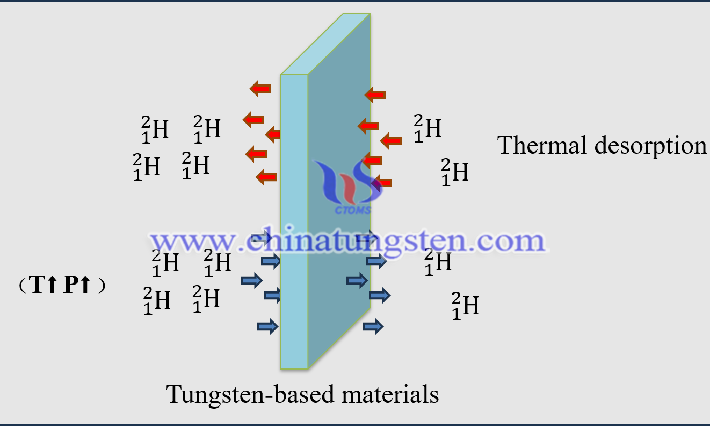
Deuterium in tungsten-based materials can be removed by isotope replacement and thermal desorption. Tungsten-based material is a kind of tungsten-based alloy material composed of other elements, which has the characteristics of high melting point, high hardness, and high sputtering threshold, and is widely used in the field of nuclear fusion energy.
Read more: How to Remove Deuterium Isotopes from Tungsten-Based Materials?
What Are the Chemical Properties of Tungsten Diiodide(III)?
- Details
- Category: Tungsten Information
- Published on Sunday, 12 November 2023 13:34
- Written by Shuangfeng
- Hits: 1161
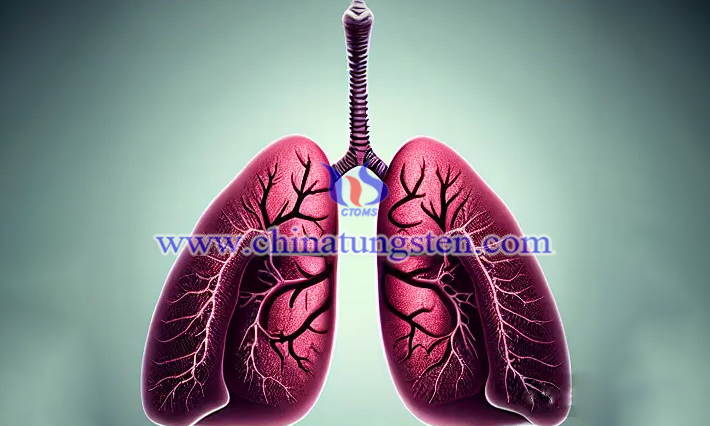
Tungsten diiodide is a class of inorganic compounds with a black powdery appearance that has the following chemical properties.
Read more: What Are the Chemical Properties of Tungsten Diiodide(III)?
What Are the Chemical Properties of Tungsten Diiodide(II)?
- Details
- Category: Tungsten Information
- Published on Saturday, 09 September 2023 17:46
- Written by Shuangfeng
- Hits: 1274
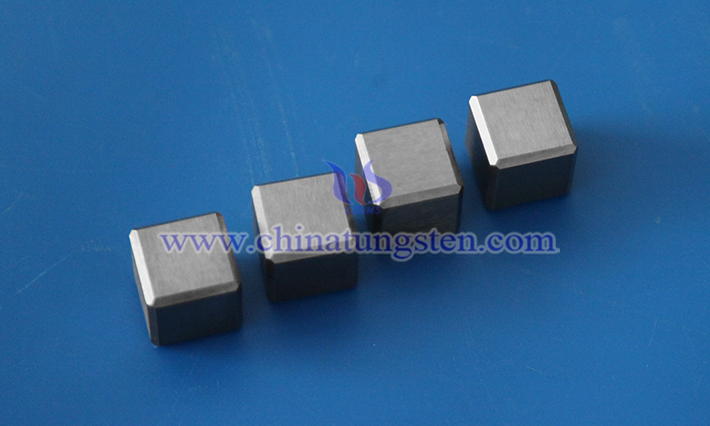
Tungsten diiodide (chemical formula: WI2) is a kind of inorganic compound formed by the reaction of tungsten and iodine, which has the following chemical properties.
Read more: What Are the Chemical Properties of Tungsten Diiodide(II)?
Does the Valence Electron Arrangement of Tungsten Follow Hund's Rule?
- Details
- Category: Tungsten Information
- Published on Sunday, 10 September 2023 23:32
- Written by Shuangfeng
- Hits: 1378
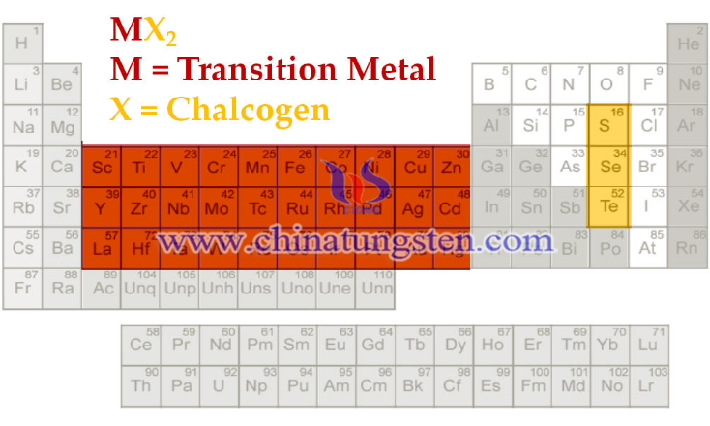
The valence electron arrangement of tungsten does not follow hund's rules. Tungsten is one of the transition metal elements in the sixth period (second long period) of the periodic table of elements VIB group. Transition metal elements are obviously different from other elements because of their unfilled valence layer d orbitals based on the eighteen-electron rule.
Read more: Does the Valence Electron Arrangement of Tungsten Follow Hund's Rule?
What Are the Chemical Properties of Tungsten Diiodide(I)?
- Details
- Category: Tungsten Information
- Published on Saturday, 09 September 2023 17:41
- Written by Shuangfeng
- Hits: 1279
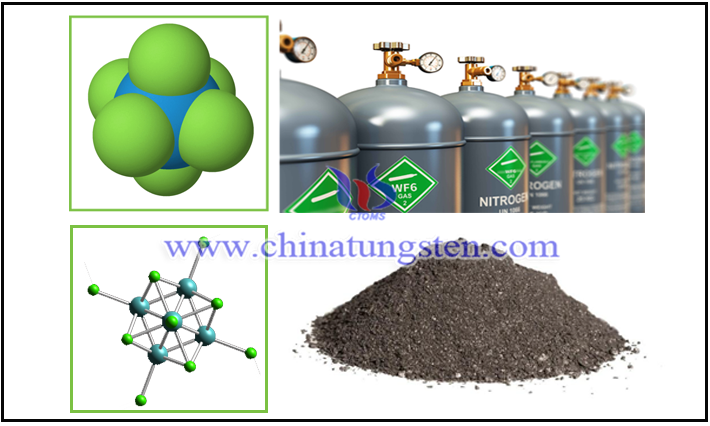
Tungsten diiodide (WI2) is an inorganic compound composed of the transition metal element tungsten and the halogen element iodine. It has many chemical properties, which will be described one by one below.
Read more: What Are the Chemical Properties of Tungsten Diiodide(I)?





 sales@chinatungsten.com
sales@chinatungsten.com